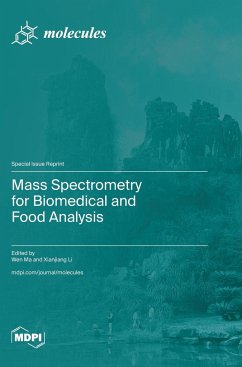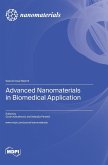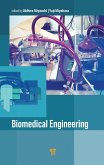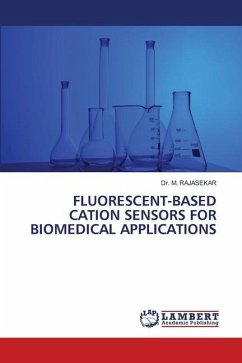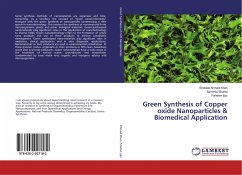Mass spectrometry was initially developed to determine molecular weight. It is becoming more and more powerful and widely used in complex analysis. Mass-spectrometry-based technology is one of the frontiers in biomedical and food analysis, especially in the era of metabolomics, foodomics, and so on. This is a reprint of a Special Issue of Molecules titled "Mass Spectrometry for Biomedical and Food Analysis", providing an overview on recent trends. Biomedical and food analysis has always been an important topic and has received remarkably positive feedback from numerous geographically diverse scientists. The sensitive and accurate detection of related components (metabolites, proteins/peptides, drugs, nutrient contents, pesticides, and so on) is vitally important to explaining the molecular mechanisms of biological functions that guarantee food safety and people's health. As a result, five works focused on biomedical analysis and seven focused on food analysis in this reprint. In biomedical analysis, topics covered active drug and tumor biomarker discovery, metabolic pathways, novel matrices, and depressive disorder treatment. In food aspects, topics include certified reference material development, pesticide residue analysis methods, fragmentation pathways of flame retardants, as well as the identification and detection of nutritional components. All 12 contributions cover the latest advances and we hope it will benefit readers in this field.
Hinweis: Dieser Artikel kann nur an eine deutsche Lieferadresse ausgeliefert werden.
Hinweis: Dieser Artikel kann nur an eine deutsche Lieferadresse ausgeliefert werden.

